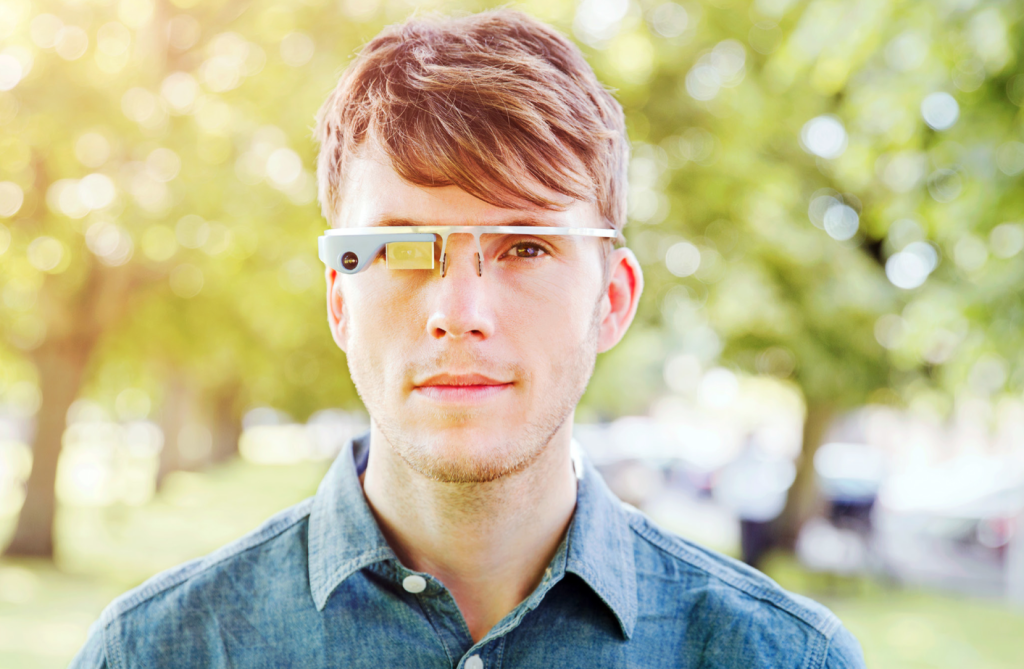Wearable device adoption has more than doubled since 2014, from 21 percent to 49 percent, based on the number of respondents who said they owned at least one device, according to a PricewaterhouseCoopers-conducted survey released today.
The PwC study, titled “The Wearable Life: Connected Living in a Wearable World,” was based off 1,000 U.S. consumers on the wearable device industry as part of its ongoing Consumer Intelligence Series; it’s an update of PwC’s 2014 report.
Mike Pegler, a partner at PwC who leads their product innovation and development team in the computer, networking and semiconductor segment, joined [a]listdaily to dive deeper in the findings. But first, lets outline the top eight findings as detailed in the 23-page report.
- Fitness devices are still the favorite, but growing consumer excitement and trust means there’s more opportunity across industries and device types
- Consumers largely view their wearable device as an extension of their smartphone
- Price is far and away the number one barrier to adoption
- Long-term commitment depends on consumers’ ability to reap tangible benefits from regular use
- Sustained success for the wearables industry relies heavily on user engagement
- There are clear benefits for wearables in the workplace, but concerns about employee privacy linger
- Parents are significantly more likely to own not just one, but multiple wearable devices
- Consumers anticipate a bright and healthier future in a wearable world
What was the most telling and eye-opening finding from your research?

There has been a significant increase in adoption in wearable technology. What we’ve seen, in terms of specific data, is a move from what were the early adopters of the technology just 18 months ago to really now being mass market. As one goes around the shows, whether it’s CES or Mobile World Congress, you see a much broader set of products that appeal to a wider audience. The devices are a lot more stylish now. Another interesting observation from the report, is that price is the absolutely largest barrier to adoption. It was immediately followed by ‘if consumers would find the technology useful.’ Those are some implications for designers and manufactures to think about. What is the killer application these devices are filling? And ultimately, will they pass the ‘turnaround test?’ We also found that two-thirds of the people believed that their company should pay for the device. That was really interesting.
Wearables are mostly dominated by Fitbit, Nike FuelBand, Apple Watch, and Samsung. How are brands trying to gain consumer awareness, and audience ownership?
We certainly have seen the tier-one consumer electronics companies offering wearbales. We’ve seen the more established wearable companies continue to expand into other ideas. We now have the traditional watch manufactures entering the space with respect to smart watches in a bigger way. There is a rise in China-based companies, as well. If I distill the critical success factors into four buckets, they are design, ecosystem, software and analytics, and security and privacy.
From a design standpoint, you can argue that with the exception of metal jewelry, wearables are perhaps the first item in the history of Mankind that is potentially on you 24/7. The comfort level needs to be there. That’s something to watch if you expect consumers to wear these things 24/7. It is critical.
You also need to worry about the other players in the ecosystem. This is where it gets interesting with strategic partnerships and forming them with companies you traditionally wouldn’t, where you don’t buy just a single wearable, but you have other products like a wireless scale linked to it, and adding more value.
From a software and analytics standpoint, there are a lot companies can do with improving the accuracy of the device. That small device has a really tough job on its hand. It needs to figure out—particularly with wrist wearables with what you’re actually doing—are you walking or are you running, and get rid of the blurry line.
Security and privacy is an interesting one, too. I’m surprised to see privacy high on the list of concerns from the research. I would argue that the wearable device knows more about you than any other device you’ve ever owned. People don’t seem to yet treat that level data with the same concern of that of a laptop. And of course, the whole encryption argument has been well documented over the last year.
Aside from health and wellness, what industries and brands are on the cusp of adopting wearables and connected living as a part of their business strategy?
Retail is certainly one, but other interesting ones moving forward are in the enterprise and industrial space. … The integration of technology into the devices is a very easy step. There are companies exploring and providing augmented reality to enable someone to do a task that they haven’t been trained for. Another, in a connected sense, is integrating into clothing. … There are a lot of pilots coming in the next 12 months across the enterprise and industrial settings.
Raising awareness for adoption is always half the battle. How are brands using influencer marketing to grow consumer excitement and trust?
I think it begins to get interesting when some of the brands partner with unlikely ones according to their historical trends. Like a wearable manufacturer partnering with a hotel chain. Walking into your room check-in free by using a wearable is already a reality at certain chains. It’s truly offering something much more than an extension of a smartphone. It creates excitement, and an added value that you previously didn’t have. Another one is through connected transactions, and making credit card payments with the swipe of a wearable.
MasterCard is trying to drive that platform forward in order to launch their own products. What kind of impact does that have on adoption?
Having major financial institutions that consumers have come to trust come in and play a role is important. They have the brand reach and trust factor. Consumers will see these kinds of companies involved, and it will make it more enticing for them.
Based on your research, how do you see the space developing in the next few years? What will it take for wearable device adoption to continue to increase?
Building on the four critical success factors I touched upon earlier is key. But the big focus needs to be on finding a really compelling reason why you need a wearable instead of a smartphone. A smartphone has become so capable. So much of what you want to do with a wearable, you can do on a smartphone. Like, if you’re just interested in tracking your steps, and so on. Where it starts to get interesting is that a smartphone can’t easily track your heart rate. What if we can move to tracking blood glucose? … In the next few years, in terms of how I see it developing, we’re going to see the continued expansion into the mass market. There will be an improvement in style and offerings. The technology will increase, too. The potential scenarios that will continue to unfold will be health care, retail and industrial led, or potentially software or platform led.
Follow Manouk Akopyan on Twitter @Manouk_Akopyan

